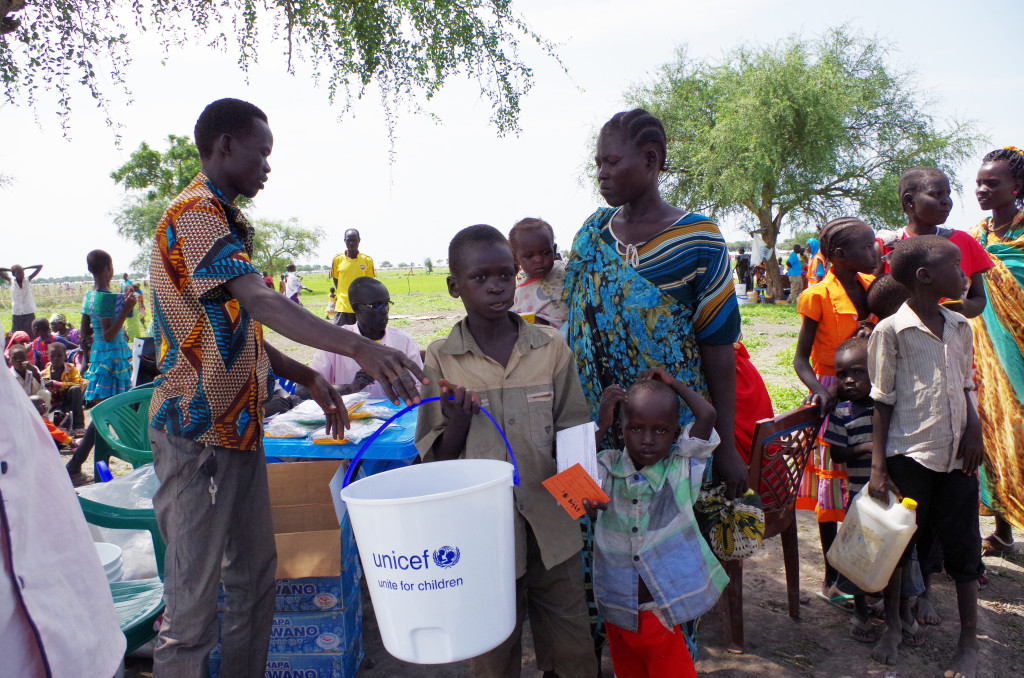News & Updates
ONE 2017 Data Report: Financing for the African Century
27 September 2017

The continent of Africa is currently at a development impasse. As global aid patterns shift and African economies weaken from the drop in commodity prices, Africa’s development becomes stagnate.
According to the ONE 2017 Data Report: Financing for the African Century, Africa’s population has increased by 14% since 2012, but the combination of aid, domestic revenues and federal direct investment has declined by 22% during that period. Despite global official development assistance reaching an all-time high of $140.1 billion in 2016, the share of aid going to the poorest countries has declined from 32% in 2013 to 28% in 2016.
Part of this decline can be attributed to donor countries contributing more to aid within their own borders. Mass flows of refugees into donor countries have resulted in many governments allocating a larger percentage of aid to refugee costs. In-donor refugee costs have increased from $6 billion in 2014 to $15 billion in 2016.
Africa is also struggling with an inequality of foreign direct investment. In total, 6 countries - 5 of which are resource-rich - made up 75% of FDI into all 42 African least developed countries and fragile states in 2016. This discrepancy in investment leaves many resource-poor countries even further behind in their development.
In addition to the loss of aid and development assistance, Africa’s economy has also been plagued by a major drop of commodity prices in 2013. It resulted in a 23.6% decrease in total domestic revenue from 2012 to 2015. For many African countries, this has led to an inability to invest in key areas for development, such as health, education and agriculture. In such trying economic times, Africa cannot afford to lose any aid without sacrificing development.
Read the full report here.
The Aid and International Development Forum will hold its 3rd Aid and Development Africa Summit at the Safari Park Hotel in Nairobi, Kenya on 27-28 February 2018 uniting humanitarian and development leaders, decision makers and advisors committed to achieving the Sustainable Development Goals (SDGs) in the region.
The Summit will look into innovations and technology to improve humanitarian aid operations, financial inclusion, health and WASH and community resilience in Africa. The agenda will include case studies, keynote presentations, speaker panels, breakfast briefings, interactive roundtable sessions and Innovator of the Year Award.
The Aid and Development Africa Summit presents an opportunity to explore best practice, policy and project updates, innovation and partnerships in the humanitarian aid and development, advocating for cross-sector approach through inclusive, effective collaboration and coordination between national and international NGOs, government and UN agencies, Red Cross, donors, investors, development banks and the private sector.
Save the date and reserve your place here to be part of the engaging and inspiring discussions with 70+ expert speakers and mingle with over 350+ humanitarian and development professionals in Africa.
For more information about Aid and Development Africa Summit, please visit http://www.africa.aidforum.org or get in touch with Alina O’Keeffe, Head of Marketing, Aid & International Development Forum (AIDF) at marketing@aidforum.org
Image sourced from: Children of South Sudan